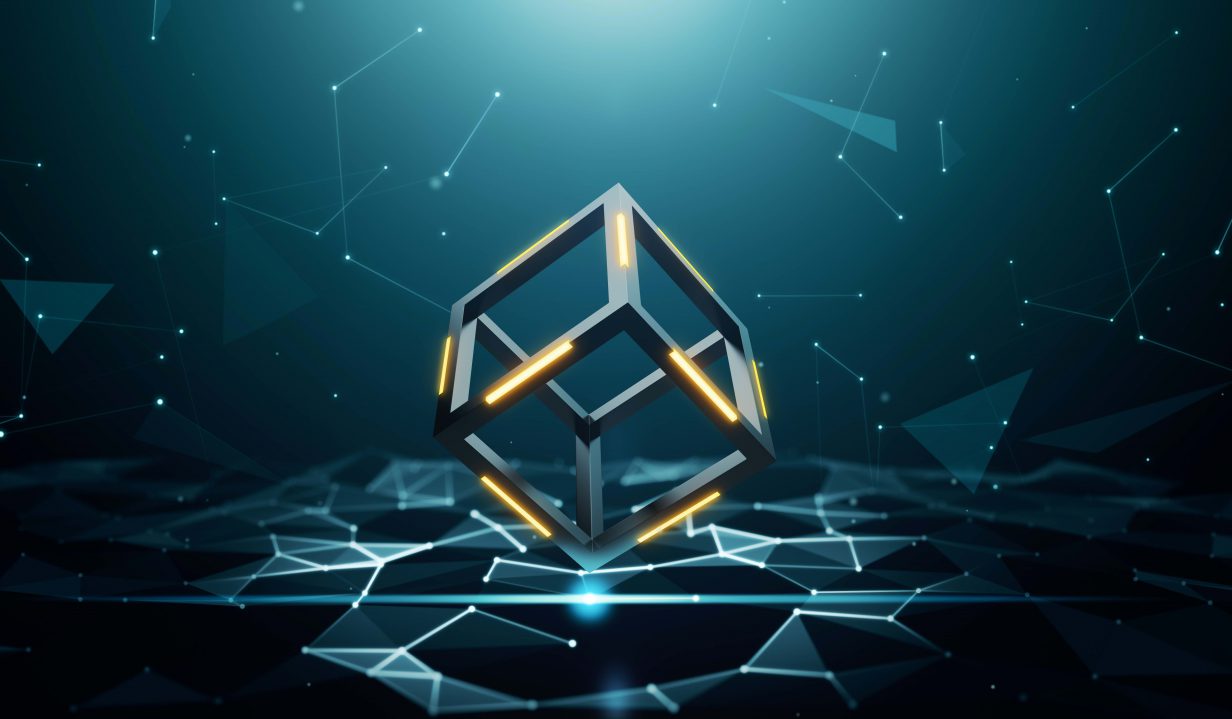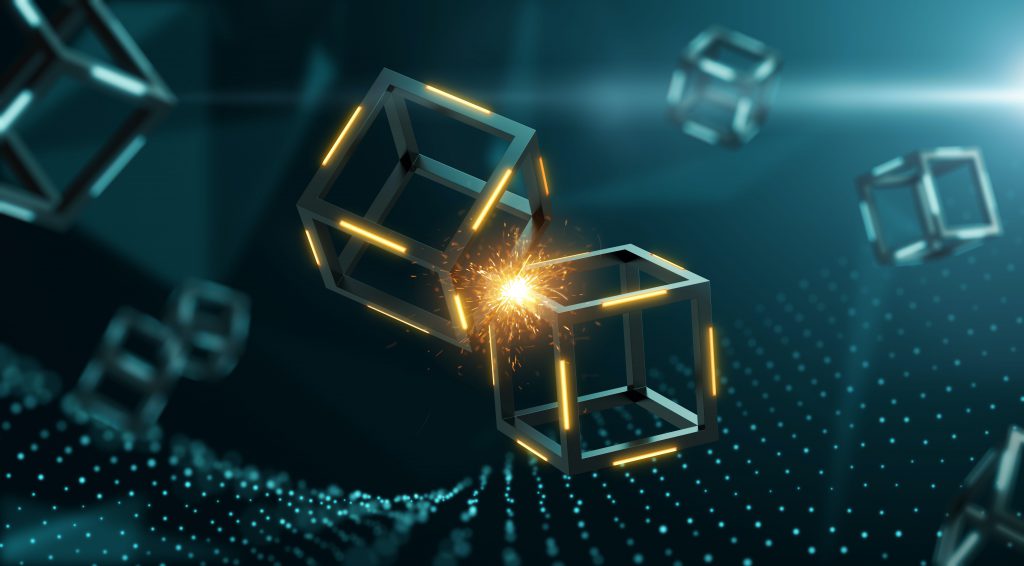
1.2 What is a Blockchain? (Part 2 of 2)
Your Blockchain journey started with 1.1 What is a Blockchain? (Part 1 of 2), where we introduced you to the world of Blockchain. However, due to the complexity of the topic, we decided it was best to split the key information into two parts. And now you have digested the first part, it’s time to learn more as we share some additional details about Blockchain with you.
Who controls Blockchains?
We previously discussed who created Blockchain, and even though that’s something we don’t know the answer to, what we do know is that no one controls it. You are probably wondering how that is possible, but the truth is, not one person/central authority can control it. Blockchain is powered by a collection of users’ computers and is managed by this peer to peer network.
What is the Difference between a Blockchain and a Cryptocurrency?
Something many people get confused with, is the difference between Blockchain and Cryptocurrency, and that is because for most, both buzzwords were born at the same time. However, the easiest way to understand this is to think of Blockchain as the foundations and Cryptocurrency as the building built on top. Cryptocurrency is a building standing next to other buildings (that all differ), but they all have one thing in common and that’s their foundations. Cryptocurrency needs blockchain to work because it has been invented utilising Blockchain technology.
To simplify this further, if we take the household brand Microsoft Windows, Blockchain is the same as Microsoft Windows, in that it’s the system that allows other applications to run, whilst Cryptocurrency is like Microsoft PowerPoint or Excel, an application that runs on the operating system.
Remember… Blockchain has many more uses beyond Cryptocurrency
BlockUno, 2020
What else can Blockchains be used for?
Throughout, we have used different examples (primarily Cryptocurrency) where Blockchain can be used, but as stated in our definition, the list is endless. Blockchain can record any transaction and store information about any asset, whether that be tangible, intangible or digital. Below are a few relatable examples of where Blockchain technology can be adopted in our day to day lives:
- Digital IDs (Imagine not worrying about having to remember your passport when going on holiday)
- Data Sharing (Have you ever received an email or a file and wondered whether it has been tampered with or suspected whether it has indeed come from the person it purports to have done so?)
- Digital Voting (Wouldn’t it be great, if we could vote in the next election without visiting the Polling station? This is something Brazil have already put in place)
- Medical Records (You wouldn’t ever need to wait for your GP to send your medical records to you if you were in an urgent situation, you could just access them yourself)
- Retail Reward Schemes (Had enough of all the discount/reward cards in your wallet/purse? You could have it all digitally stored and easily accessible, benefiting both consumers and retailers)
We keep repeating ourselves by highlighting that the ‘list is endless’ when it comes to Blockchain, but we want you to see this so you are well aware of how useful Blockchain could be to you in both your personal and professional lives.

What are the advantages of Blockchain?
If the list of relatable uses wasn’t enough, as members of the general public or as professionals, using Blockchain also offers many advantages (once we understand it of course). Our top 3 advantages have been shared below and these alone should get you thinking about moving towards a blockchain system for many of your assets, both personally and commercially:
Cost-effective | Blockchain eliminates the need for intermediaries who are likely to charge a fee.
Efficient | Transaction information is automatically stored and recorded, whilst being visible for all relevant parties to see.
Safe and secure | A completed transaction in the Blockchain can’t be changed and it can only be reversed with another transaction, with both being visible to all relevant parties.
What are the issues with current transaction methods?
Not many will recognise the drawbacks of our current transaction methods, but as they are brought to the surface, we wanted to outline some below by using more relatable scenarios to illustrate the limitations we are enduring whilst using current transaction methods:
– Cash can only be used in person and in relatively small amounts, if you were looking to buy a £30,000 car, you wouldn’t feel safe taking a brief case with that amount of cash in to purchase the vehicle, nor would you accept that from someone as you couldn’t guarantee it is all legit and/or counted correctly.
– If you wanted to sell a high valued product to a buyer, there is the time difference between transaction and settlement that you have to wait for the finance to come through even though you have already handed over the product.
– Sometimes, third-party validation is required (including banks) and not only does it increase the time of completion, but it is a duplication of efforts to complete the same task.
– One of the biggest drawbacks that you may have experienced already, is the risk we expose ourselves to, being a vulnerable candidate for fraud and cyberattacks. Extremely small mistakes have been the cause of both businesses and individuals being the victims of fraud.
– Think about the process you went through to get a credit card or think about that exact same process you avoided. But also, these credit card companies do not accept all applicants and if you are looking to use one for your business it is highly likely that you had to complete a time consuming amount of paperwork before being approved and are still paying onboarding cost with potential monthly fees.
– Not everyone in the world has access to bank accounts, it is something we take for granted, but think about those who don’t have access to a bank account and the efforts they may have to go to for completing transactions.
Traditional Methods vs Blockchain Technology
We’ve discussed the many negatives of our traditional methods above whilst highlighting the advantages of Blockchain. We are told to believe that Blockchain technology is the answer to support the issues we are currently dealing with. The Blockchain architecture gives all participants the ability to have full visibility of the transactions/information being added to the chain and each individual with access to the Blockchain acts as both a publisher and a subscriber, so they can send/receive and/or view all transfers being processed. Blockchain networks reduce the need for intermediaries and eliminate the duplication of effort as everything is visible within the blockchain for all relevant parties. All the information stored is less vulnerable due to the consensus models to validate the information and transactions made are secure, authenticated and verifiable. From the security guarantee to the ease of access (even for people without bank accounts and/or credit cards) right down to the simple, quick processes, it makes sense why so many people are moving away from traditional transaction methods and adopting Blockchain technologies as their replacement.
Looking for more information about Blockchain?
That brings us to the end of “What is a blockchain?” (Part 2 of 2), and with all the information shared across our first two blogs, we want to hear your new understanding of blockchain in the comments below or across our social media channels. Feel free to ask any further questions as they will be picked up and responded to, we want to ensure that you fully understand the content we are delivering. Now, once you are ready, we’ll see you at 1.3 How do Blockchains work? released 06/04/2020.
No Comments